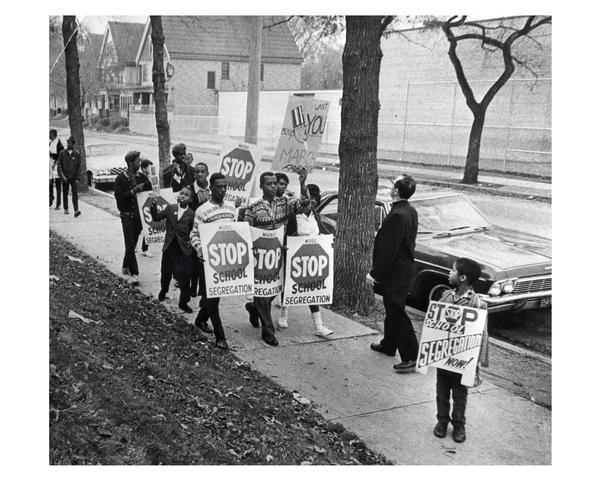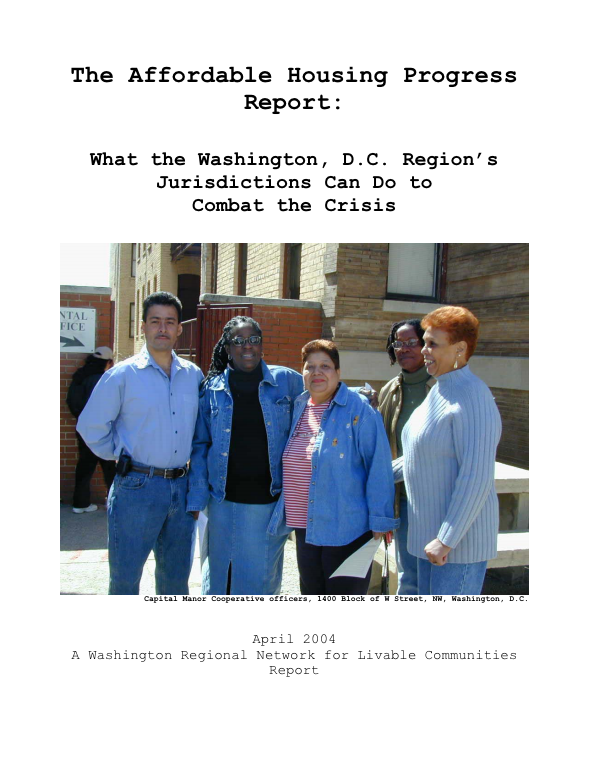One School Desegregation Order Ends, More May Follow

Table of Contents
The Ended Desegregation Order: A Case Study
The recent termination of the desegregation order in the Little Rock School District, Arkansas, after decades of court oversight, serves as a crucial case study. This order, initially implemented in the aftermath of Brown v. Board of Education, involved extensive busing programs and specific school assignment policies designed to achieve racial balance within the district.
- Specific details of the original order: The order mandated busing to achieve racial integration across different schools within the Little Rock School District, aiming for a specific racial balance in each school's student population. Specific assignment policies were implemented to ensure students from different neighborhoods were integrated across the district.
- Key events leading to the order's termination: Decades of legal challenges, demographic shifts within the Little Rock area, and arguments that the district had achieved sufficient racial integration led to a gradual loosening of the court's oversight. Ultimately, the court ruled that the district had met the requirements of the desegregation order.
- Impact on the affected school district: While the district reports progress in racial integration, the end of the order has sparked debate. Some argue that the district has made significant strides towards achieving racial balance and equitable educational opportunities. However, others express concern that the end of court oversight could lead to re-segregation, and highlight lingering disparities in resource allocation and student achievement between schools.
Legal and Political Implications of the Decision
The termination of the Little Rock desegregation order sets a significant legal precedent, potentially influencing future desegregation cases across the country. The decision hinges on the interpretation of Supreme Court rulings related to school desegregation, particularly concerning the ongoing responsibility of school districts to maintain integration once a desegregation order is in place.
- Relevant Supreme Court cases and legal interpretations: Cases like Milliken v. Bradley (1974) and Parents Involved in Community Schools v. Seattle School District No. 1 (2007) have significantly shaped the legal landscape of school desegregation, impacting the legal strategies used to challenge segregation and the burden of proof placed on school districts.
- Potential impact on similar cases across the country: The ruling in the Little Rock case could embolden other school districts under similar desegregation orders to seek termination, leading to a potential wave of legal challenges and a renewed focus on the definition of "sufficient" integration.
- Political viewpoints and stances on school desegregation and its future: The issue of school desegregation remains highly politicized. Differing views on the role of government in achieving racial integration and the appropriate metrics for measuring success will likely shape future legal battles and policy debates.
The Role of Demographic Shifts in School Desegregation
Demographic shifts, particularly residential segregation, present a significant challenge to maintaining integrated schools. Even with good intentions and policies aimed at promoting school diversity, the concentration of certain racial groups in specific neighborhoods naturally leads to more racially homogenous schools.
- Analysis of population trends and their impact on school demographics: Suburban sprawl, housing patterns, and economic disparities often lead to residential segregation, making it difficult to achieve racial balance in schools even with proactive desegregation efforts.
- Challenges in achieving integrated schools in the context of residential segregation: Addressing this issue requires considering systemic factors that contribute to residential segregation, including housing policies, economic inequality, and discriminatory practices.
- Strategies for promoting diversity in schools despite demographic shifts: Strategies like magnet schools, school choice programs with robust transportation options, and inter-district transfer programs can help to mitigate the impact of residential segregation on school demographics. However, these strategies must be implemented thoughtfully and carefully to ensure equitable access for all students.
The Path Forward: Ensuring Equitable Education for All
Achieving racial equality in education requires a multi-faceted approach that extends beyond court-ordered desegregation. Proactive measures are crucial to ensure diverse and equitable learning environments for all students.
- Alternative approaches to school integration: Magnet schools that offer specialized programs, school choice programs that provide transportation assistance, and inter-district transfer programs can facilitate greater racial and socioeconomic diversity within schools.
- Addressing systemic inequalities that contribute to school segregation: Inequitable funding, resource allocation, and disciplinary practices disproportionately affect students of color, exacerbating existing inequalities and contributing to school segregation. Addressing these systemic issues is crucial for achieving true educational equity.
- Role of community involvement and parental engagement in promoting school diversity: Community involvement and parental engagement are critical in shaping school policies and fostering a sense of shared responsibility for creating inclusive learning environments.
Conclusion:
The ending of one school desegregation order underscores the ongoing complexities of achieving racial equality in education. While this specific case concludes, the underlying issues of segregation and inequity remain. Moving forward, a multi-pronged approach combining legal action, policy changes, and community engagement is crucial to ensure diverse and equitable learning opportunities for all students. We must continue the fight for school integration and work towards a future where all students have access to quality education, regardless of race or zip code. Let's actively participate in the conversation surrounding school desegregation and advocate for meaningful change in our communities. We need to actively work towards effective school integration strategies to ensure equitable education for all.

Featured Posts
-
 Le Vatican Theatre D Une Altercation Entre Trump Et Macron
May 03, 2025
Le Vatican Theatre D Une Altercation Entre Trump Et Macron
May 03, 2025 -
 The Best Of This Country A Travelers Itinerary
May 03, 2025
The Best Of This Country A Travelers Itinerary
May 03, 2025 -
 Kocaeli 1 Mayis Arbede Ve Gerilimli Anlar
May 03, 2025
Kocaeli 1 Mayis Arbede Ve Gerilimli Anlar
May 03, 2025 -
 Nostalgia Trip Sony Brings Back Retro Ps Console Themes For Ps 5
May 03, 2025
Nostalgia Trip Sony Brings Back Retro Ps Console Themes For Ps 5
May 03, 2025 -
 Israeli Raid On Gaza Aid Ships Arab Media Reaction
May 03, 2025
Israeli Raid On Gaza Aid Ships Arab Media Reaction
May 03, 2025
Latest Posts
-
 Fabio Christen Campeon De La 45 Vuelta Ciclista A La Region De Murcia
May 04, 2025
Fabio Christen Campeon De La 45 Vuelta Ciclista A La Region De Murcia
May 04, 2025 -
 El Triunfo De Fabio Christen En La Vuelta Ciclista A Murcia
May 04, 2025
El Triunfo De Fabio Christen En La Vuelta Ciclista A Murcia
May 04, 2025 -
 New Affordable Homes For Strathdearn Tomatin Schoolchildren Participate In Groundbreaking Ceremony
May 04, 2025
New Affordable Homes For Strathdearn Tomatin Schoolchildren Participate In Groundbreaking Ceremony
May 04, 2025 -
 Affordable Housing Progress In Tomatin Strathdearn Project Begins
May 04, 2025
Affordable Housing Progress In Tomatin Strathdearn Project Begins
May 04, 2025 -
 Tomatin Pupils Celebrate Groundbreaking Of New Affordable Housing In Strathdearn
May 04, 2025
Tomatin Pupils Celebrate Groundbreaking Of New Affordable Housing In Strathdearn
May 04, 2025
